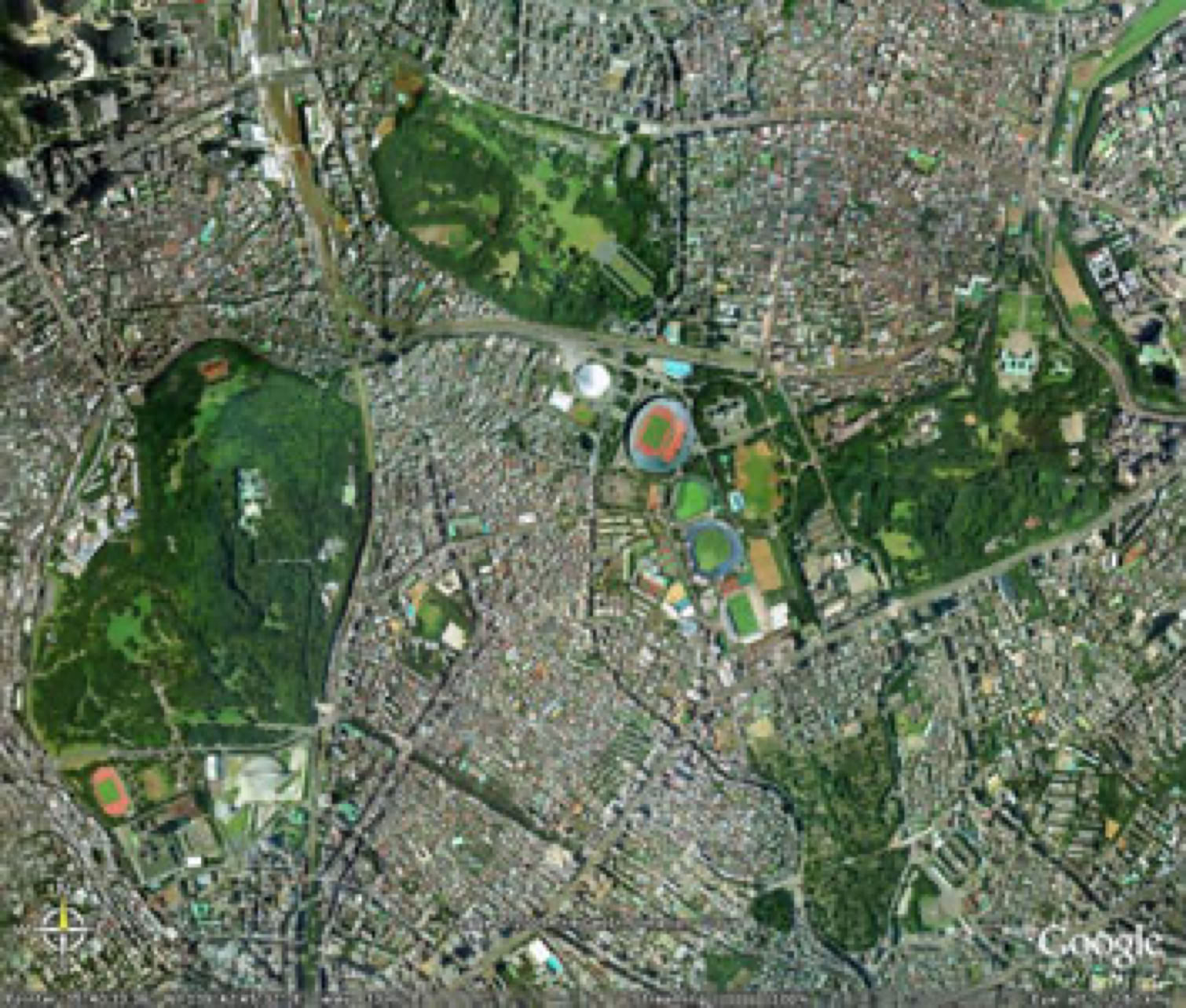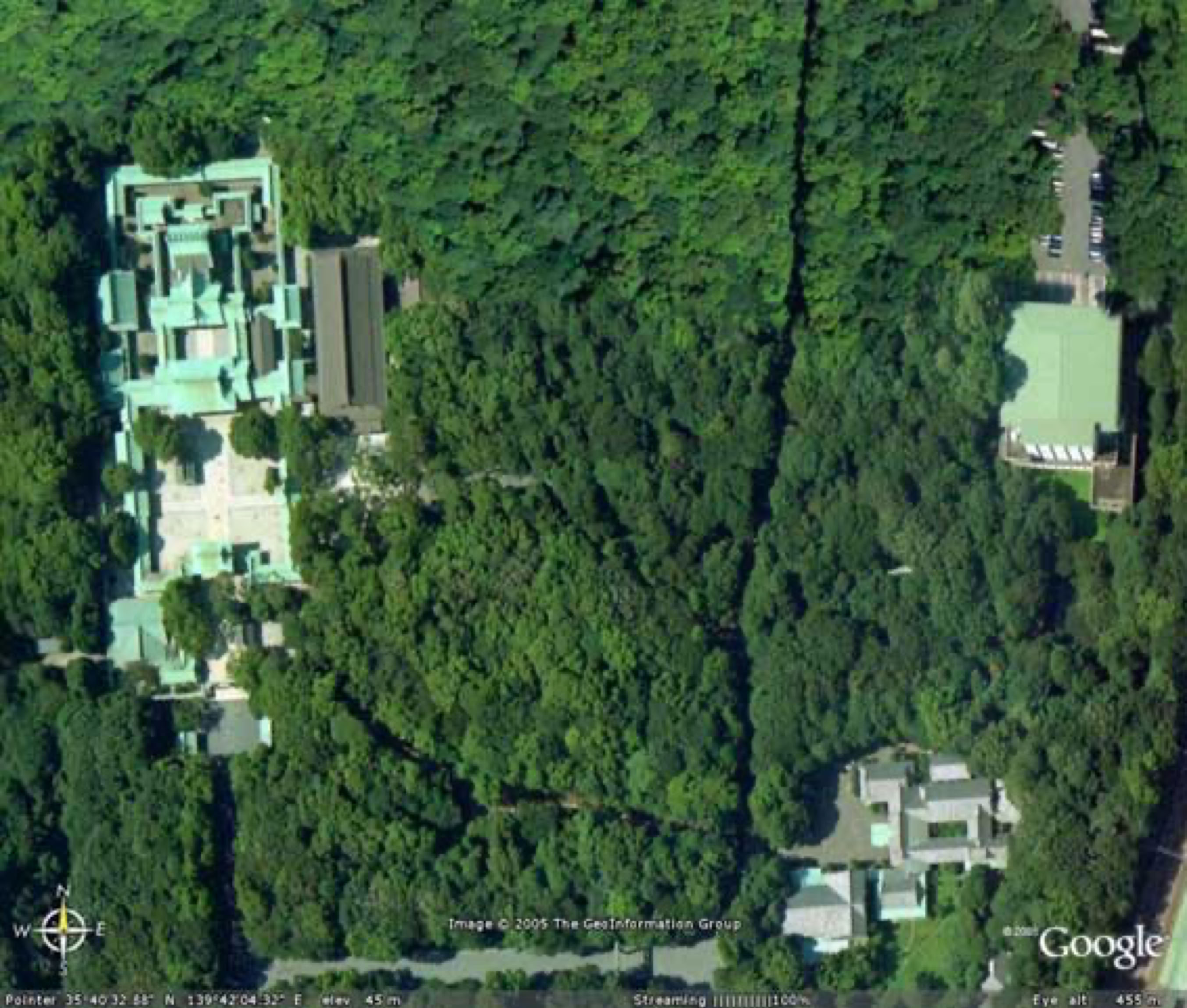
Internal Martial Arts
the
TAIKIKEN
pages
The Taikiken pages, a compact introduction of Taikiken and Kenichi Sawai's book -
The Essence of Kung Fu
& profiles of known and unknown martial artists who practice Taikiken.
2026

"Discover the Roots of Taikiken at Meiji Jingu on Google Maps"
Meiji Jingu is the Shinto shrine dedicated to the divine souls of Emperor Meiji and his consort, Emperor Shoken. Emperor Meiji passed away in 1912 and Empress Shoken in 1914. After their demise, people wished to commemorate their virtues and to venerate them forever, and so this shrine was constructed, and their souls were enshrined on November 1, 1920. It consists of three areas: Naien, or the inner precinct, centered on the shrine buildings; Gaien, or the outer precinct, which includes the Meiji Memorial Picture Gallery and sports facilities; and the Meiji Memorial Hall. These areas are covered by an evergreen forest of 120,000 trees of 365 different species, which were donated by people from all parts of Japan when the shrine was established.
This 700,000 square-meter forest is visited by many people both as a spiritual home of the people and as a recreation and relaxation area center of Tokyo. For more information on Meiji shrine and Shintoism http://www.japan-guide.com/e/e3002.html


Since Master Kenichi Sawai used the powerful forest of Meiji Jingu as his open air dojo to teach Taikiken to a select number of enthusiast martial artists it is also known as the cradle of Taikiken. The old Taiki Training spot in Meiji Jingu and Sawai sensei’s Taikiken teaching became famous around the world.

The cradle of Taikiken in Meiji Jingu




